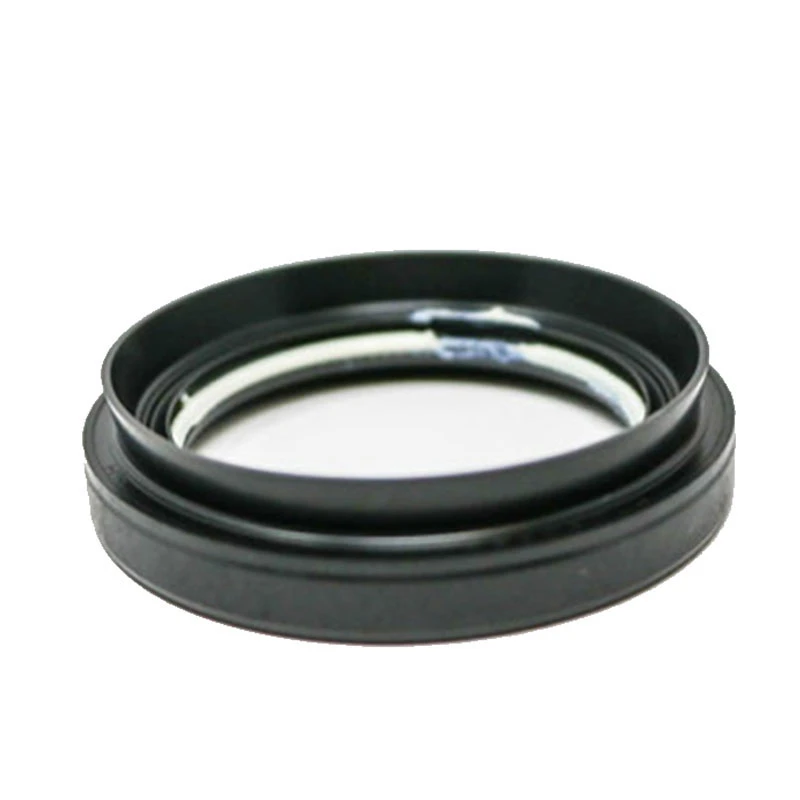Exploring the Importance of Oil Sump Plug in Engine Maintenance and Performance
Understanding the Importance of Oil Sump Plugs in Engine Maintenance
The oil sump plug, often overlooked in maintenance routines, plays a pivotal role in the overall health and performance of an engine. This small, yet significant component is essentially a threaded plug located at the bottom of the oil pan, serving as the primary means to drain engine oil. The effective management of engine oil not only ensures optimal lubrication for moving parts but also extends the lifespan of the engine itself.
The Function of the Oil Sump Plug
At its core, the oil sump plug allows for the safe and efficient drainage of used engine oil. This process is crucial during routine oil changes, which are essential for maintaining engine performance. The quality of engine oil diminishes over time due to contaminants, heat, and other factors, leading to decreased lubrication efficiency. By draining the old oil via the sump plug, mechanics can replace it with fresh oil, ensuring that the engine operates smoothly.
In addition to its draining function, the sump plug plays a significant role in keeping the oil system sealed. It prevents the oil from leaking out, which could lead to severe engine damage and costly repairs. A properly fitted and maintained oil sump plug also keeps dirt and debris from entering the oil system, protecting engine components from wear.
Signs of a Failing Oil Sump Plug
As with any mechanical component, the oil sump plug is not immune to wear and tear. Over time, it may develop leaks or become stripped, which can cause significant problems. Signs of a failing sump plug include oil spots on the ground where the vehicle is parked, oil on the engine itself, or unusually low oil levels despite recent changes. If drivers notice any of these signs, it’s crucial to inspect the oil sump plug immediately.
Neglecting a faulty oil sump plug can lead to serious consequences. A leak can result in oil loss, which may cause the engine to run dry, leading to overheating and significant damage. Additionally, if debris enters the oil system due to a compromised seal, it can wear down engine components much faster than normal, leading to premature wear and failure.
Maintenance Tips for Oil Sump Plugs
oil sump plug

To ensure the longevity and reliability of the oil sump plug, regular maintenance is essential. Here are some tips
1. Regular Inspections Include the oil sump plug in routine vehicle inspections. Check for signs of wear, such as cracks or stripped threads, and ensure it is properly tightened.
2. Use the Right Tools When draining oil, use the correct size wrench for the sump plug to avoid stripping it. Over-tightening can also lead to problems, so ensure it is snug but not excessively tight.
3. Apply Thread Sealant If a sump plug is prone to leaking, the application of thread sealant can help create a better seal. However, this should be done with consideration, as excessive sealer may cause more problems than it solves.
4. Check the Gasket The gasket or washer that seals the sump plug can wear over time. Replacing this gasket during oil changes can help prevent leaks and ensure a tight seal.
5. Record Maintenance Keeping a log of all maintenance performed, including oil changes and sump plug inspections, can help track the vehicle's health and remind you of necessary upkeep.
Conclusion
In summary, while the oil sump plug might seem like a minor component, its importance in engine maintenance cannot be understated. Whether it is ensuring proper oil drainage during changes or preventing costly leaks, it plays a crucial role in keeping an engine healthy. Drivers should make it a habit to routinely inspect this small but significant part of their vehicle to maintain optimal engine performance and longevity. Regular attention to the oil sump plug, along with a comprehensive maintenance program, will go a long way in ensuring that your vehicle runs smoothly for years to come.
-
The Ultimate Guide to Car Repair Kits: Tools and Essentials Every Driver Should Own
News Aug.01,2025
-
The Complete Guide to Oil Pan Gaskets: Sealing Engine Leaks the Right Way
News Aug.01,2025
-
Preventing Oil Leaks: A Complete Guide to Oil Pan Gaskets and Drain Seals
News Aug.01,2025
-
Everything You Need to Know About Oil Pan Gaskets and Drain Plug Seals
News Aug.01,2025
-
Essential for Car Owners: How to Use a Car Repair Kit to Deal with Minor Breakdown
News Aug.01,2025
-
Comprehensive Guide to Engine Oil Sump Gaskets and Related Seals
News Aug.01,2025
-
The Ultimate Guide to Boat Propeller Bearings and Trailer Wheel Bearings
News Jul.31,2025
Products categories















